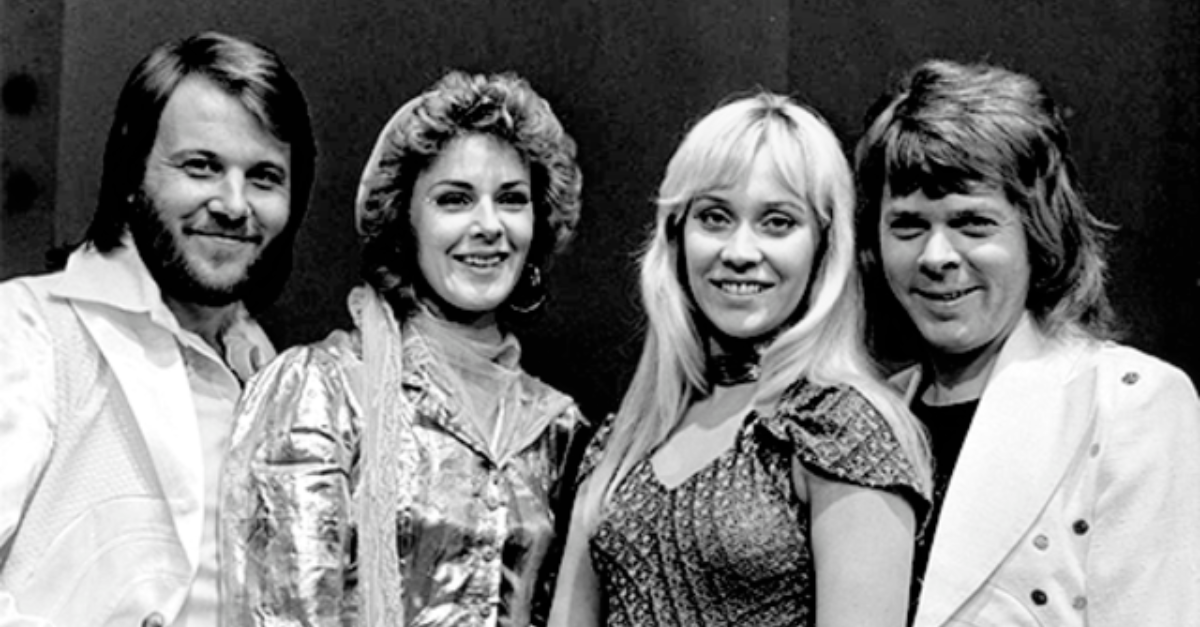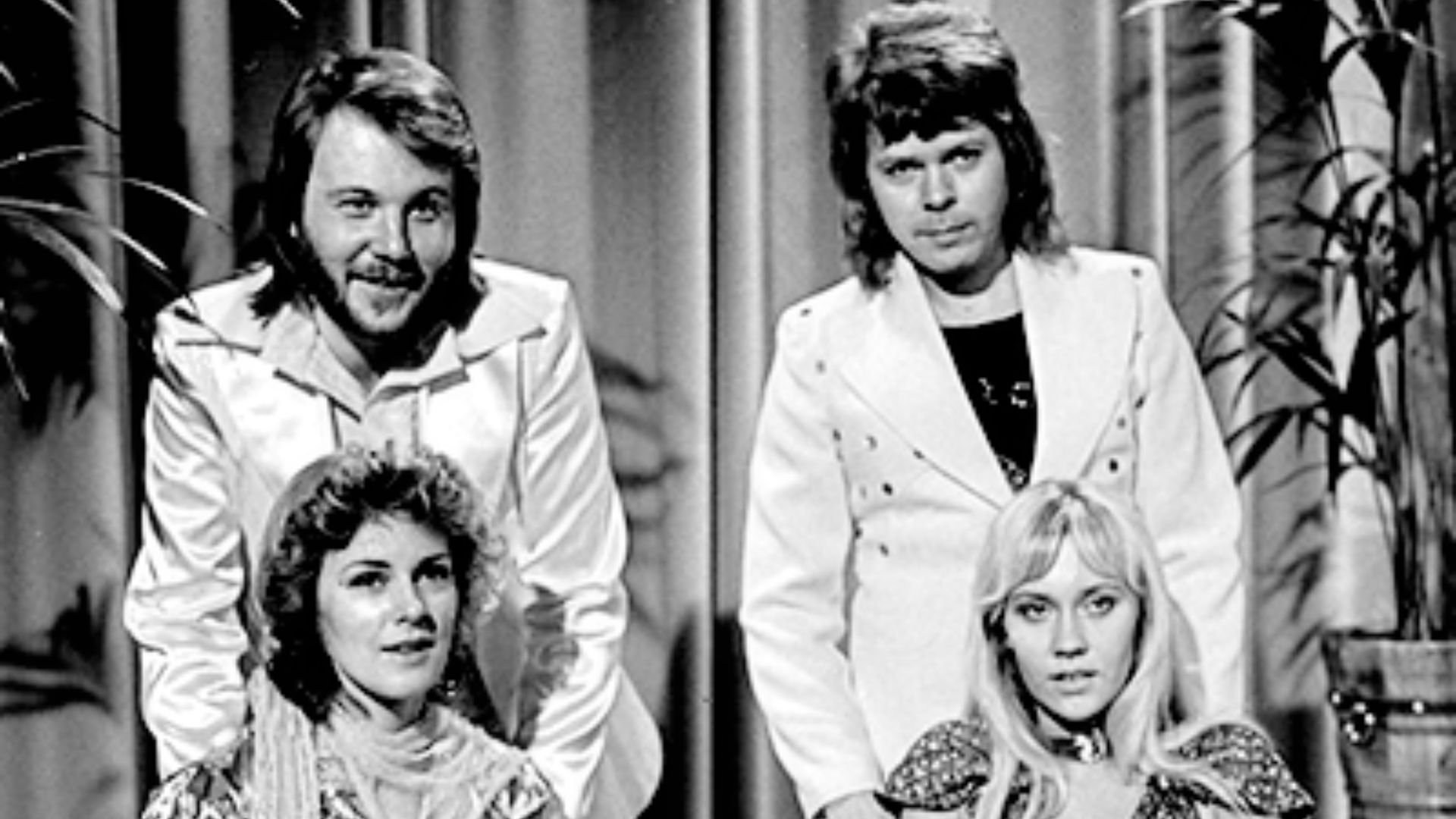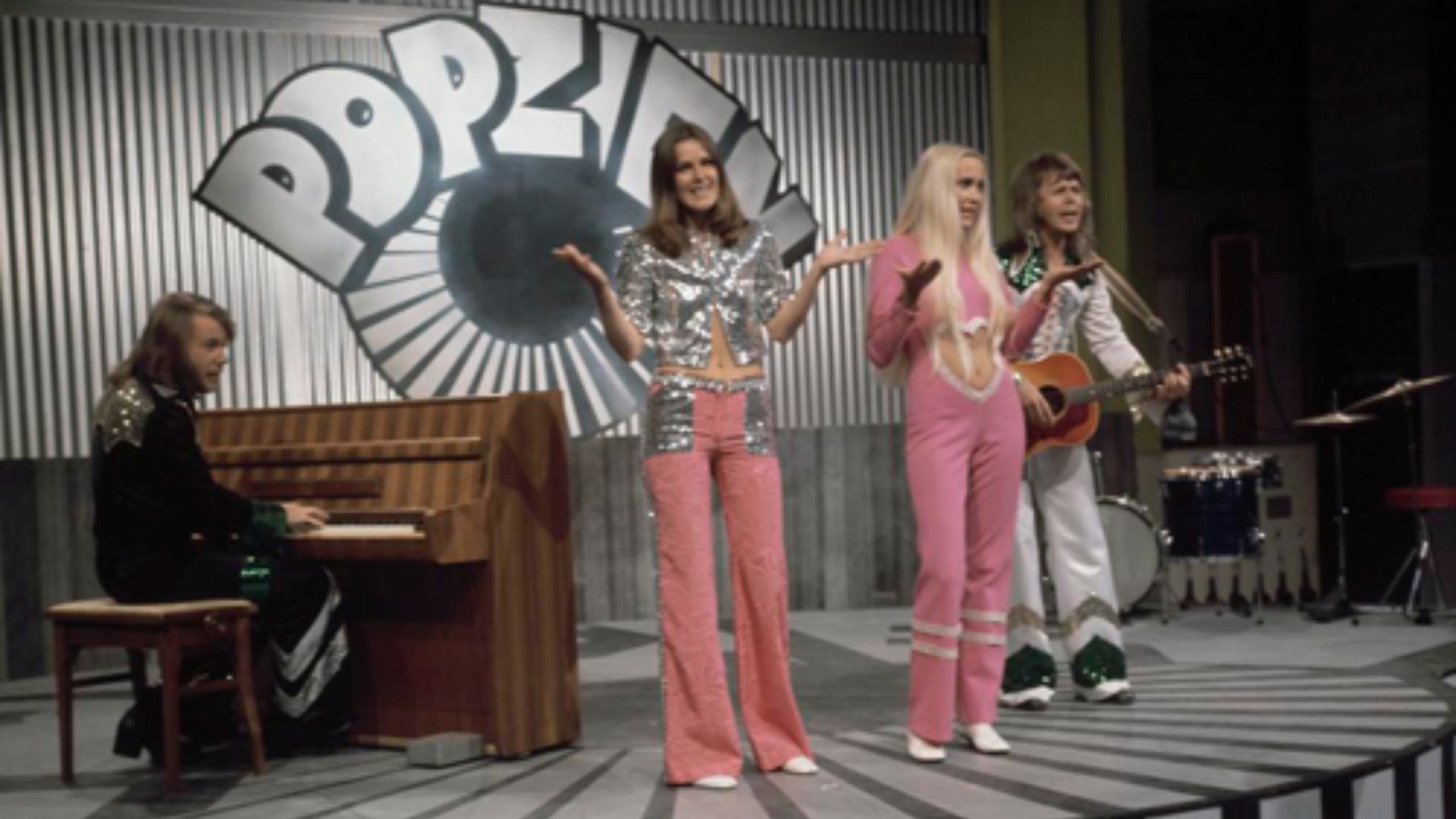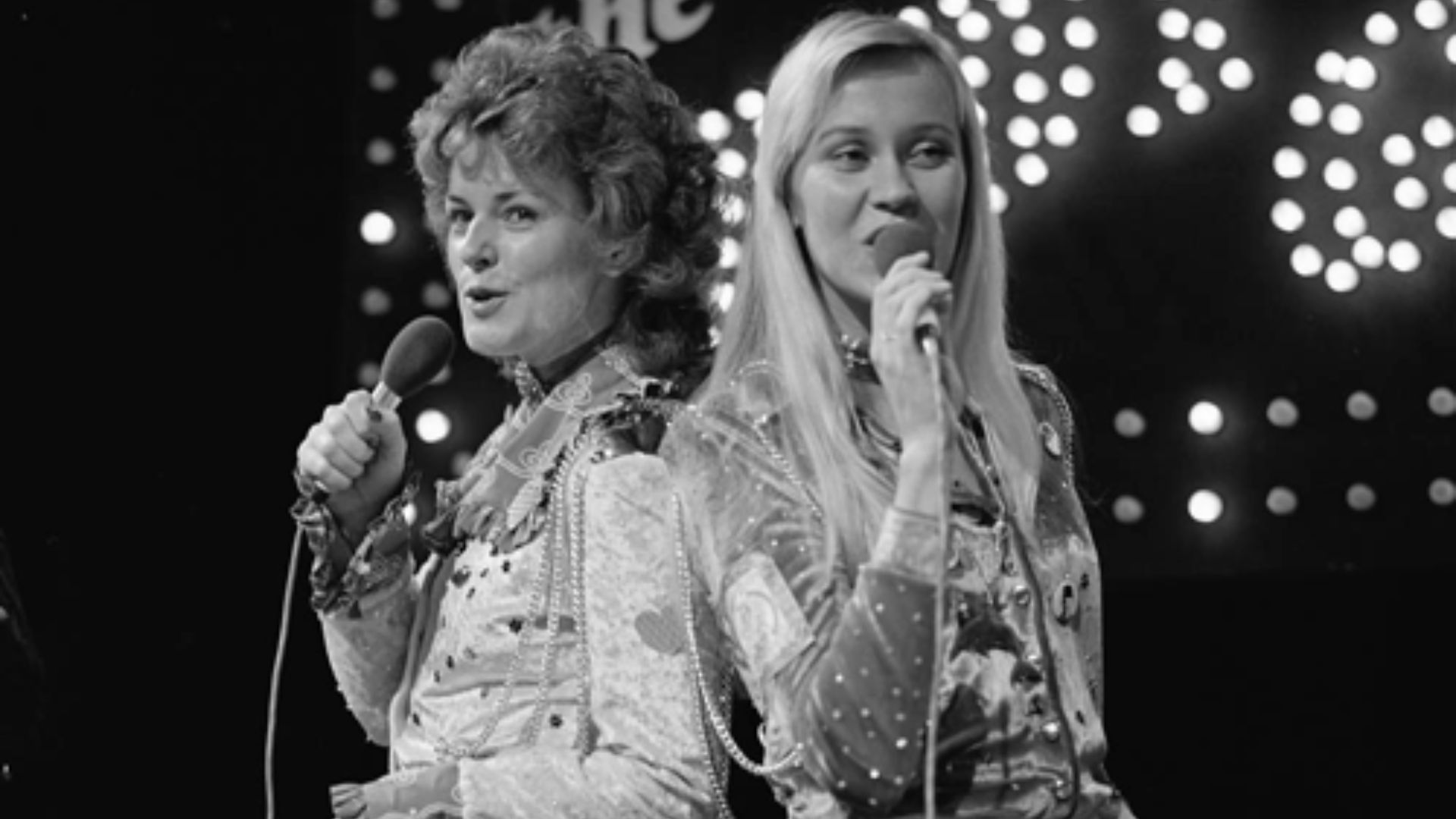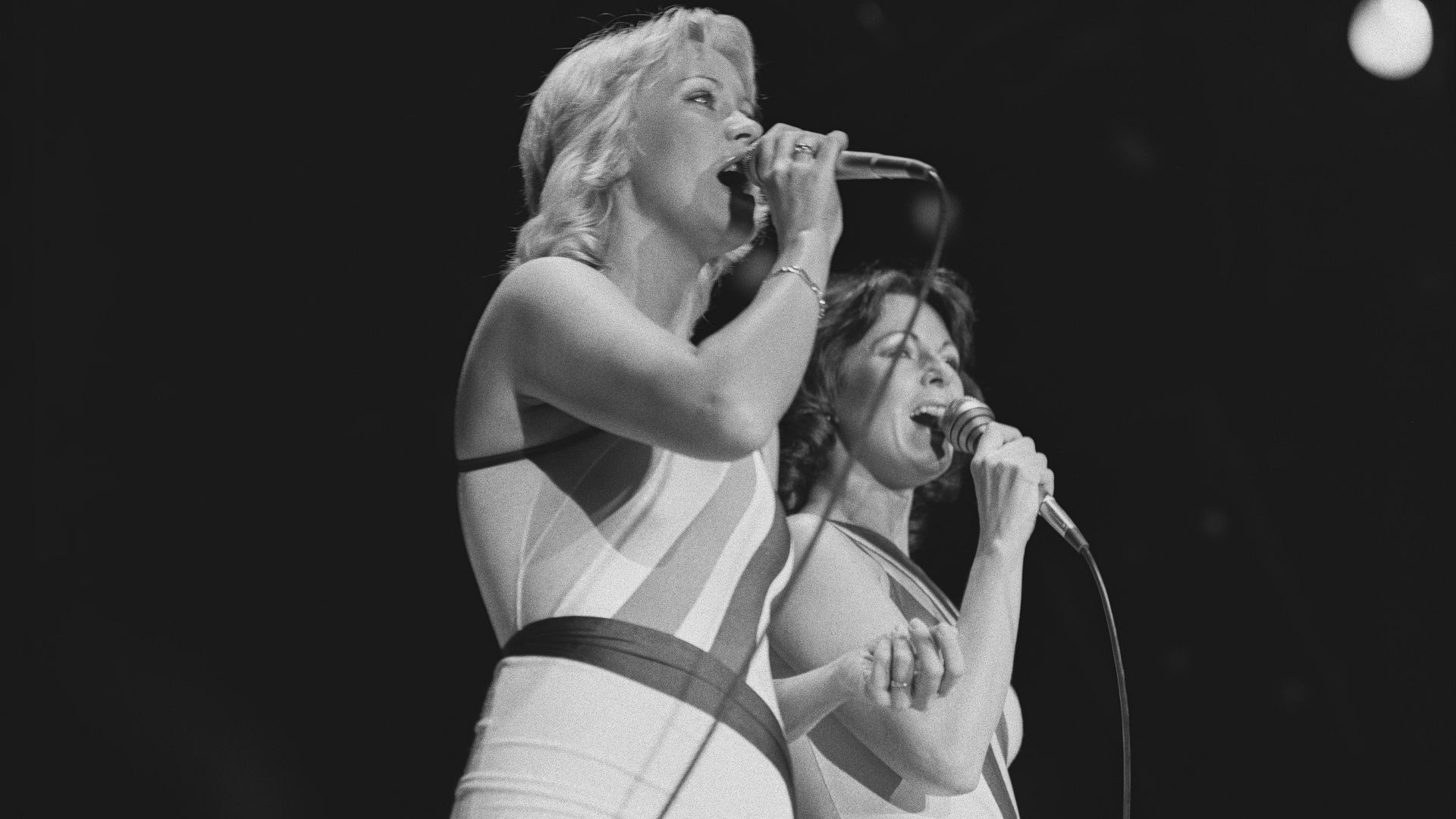The International Dancing Queens
They started as four friends from Sweden, but by the late 70s and early 80s, ABBA had taken over the world. Their songs lit up charts in dozens of countries, and even after they quietly disbanded, their fame only burned brighter.
Their music is pure feel-good magic—but behind the shimmering pop hits was a journey packed with struggles, heartbreak, and unexpected twists. Ready to dive into the dazzling, dramatic rise of one of music’s greatest legends? Here's the story of ABBA.
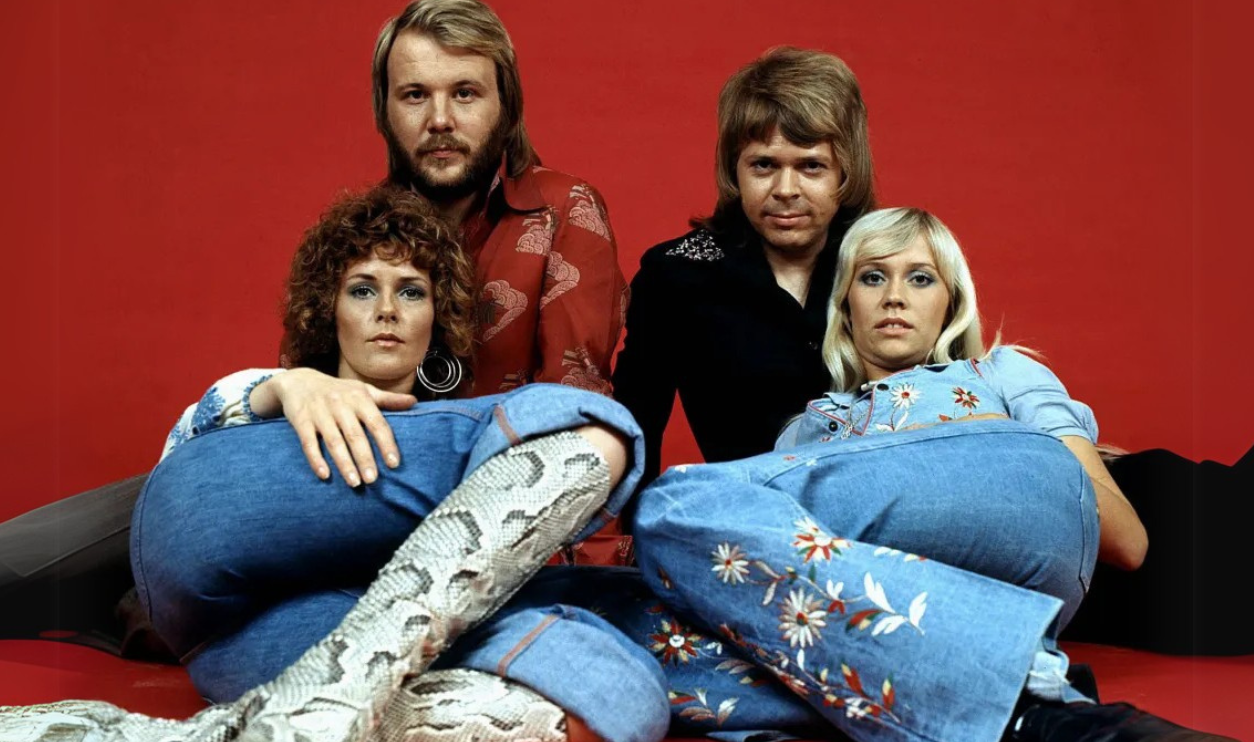
1. They Started Young
From as early as 18 years old, each member of ABBA experienced individual success. Benny Andersson and Björn Ulvaeus met as they were both members of successful Swedish bands. They began working together and writing music in the 1960s. And before long, they met the women who would change their lives.
2. They Came Together
Ulvaeus and Agnetha Fältskog first met in 1968. By 1969, after a second meeting, romance began to bloom. Coincidentally, the wheel of fate began to turn for his writing partner, Andersson, at about the same time. It all started when Andersson submitted an original song to Melodifestivalen 1969. He hoped this would lead to an official selection for the Eurovision Song Contest, but something more romantic waited in the wings.
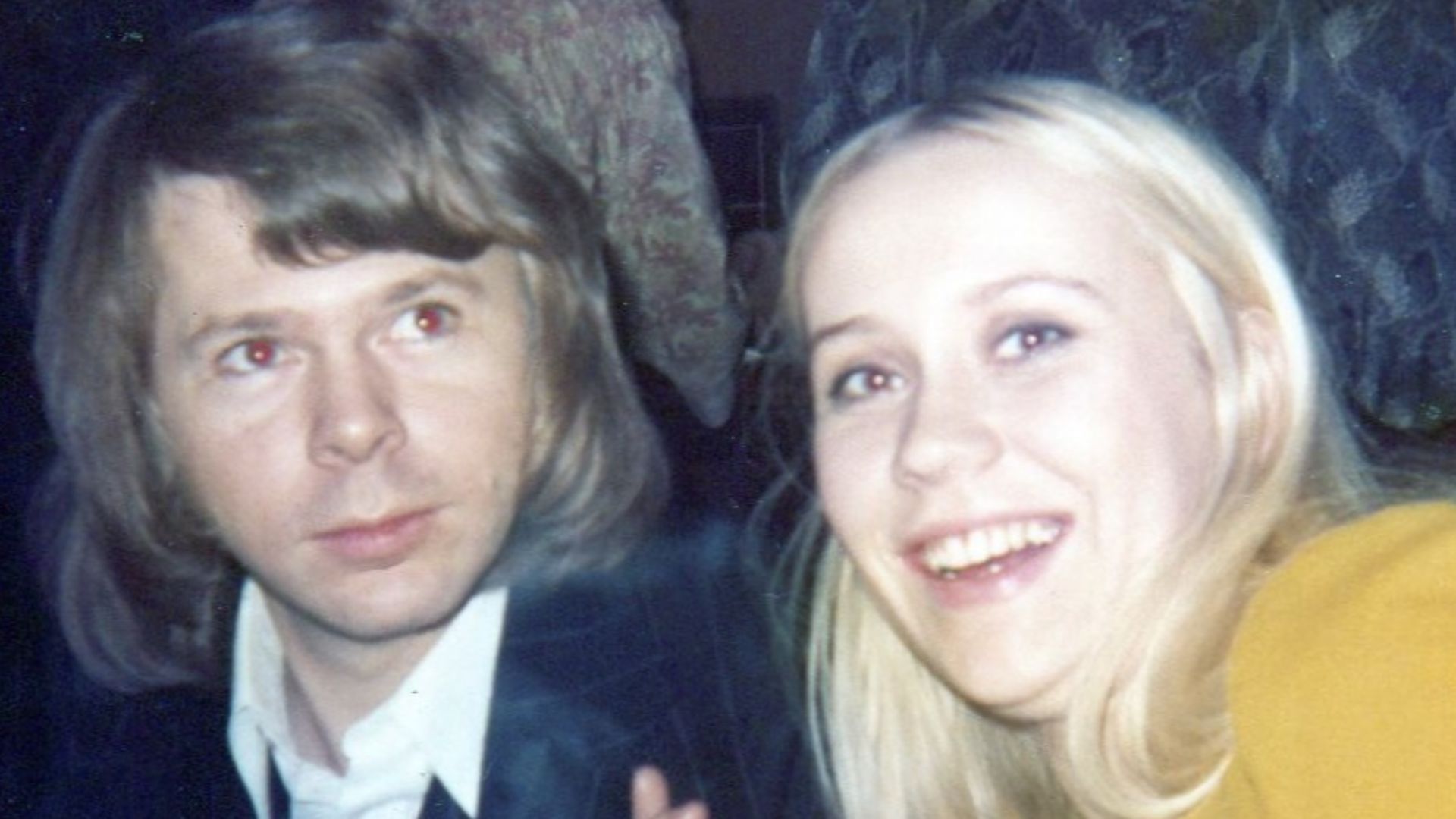 Martina Clara, Wikimedia Commons
Martina Clara, Wikimedia Commons
3. They Found Love
Another young singer was performing at the Melodifestivalen as well: Anni-Frid “Frida” Lyngstad. Unfortunately, neither Andersson nor Lyngstad saw the success they hoped for at the festival—they placed second and fourth respectively. However, when they bumped into each other backstage, sparks began to fly. Within the next two months, the pair officially began dating. Andersson was also still working with Ulvaeus, who was now dating Fältskog. Just like that, the pieces were in place; but they still needed just the right push...
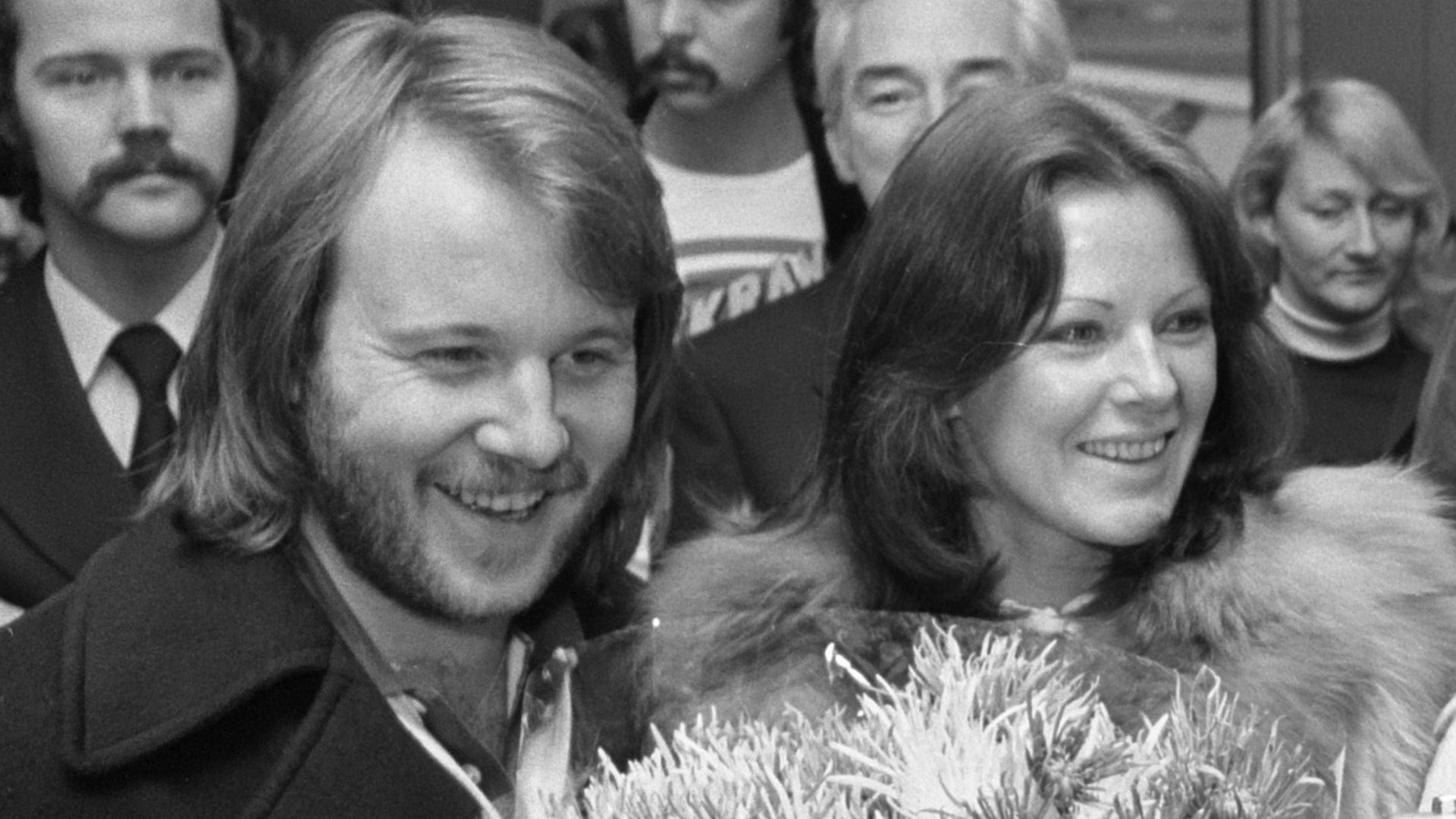 Bert Verhoeff for Anefo, Wikimedia Commons
Bert Verhoeff for Anefo, Wikimedia Commons
4. They Made A Surprise Performance
In early 1970, Andersson and Ulvaeus were working on their first album together. The two couples were also a verified “friend group”. In April of that year, they were on holiday together in Cyprus when inspiration struck. They gave an impromptu performance on the beach, and the idea of the group coming together began to form. Even with their newfound synergy, though, things didn't go too smoothly when they tried to make things official.
 AVRO, CC BY-SA 3.0, Wikimedia Commons
AVRO, CC BY-SA 3.0, Wikimedia Commons
5. They Had An Idea
Once the foursome had returned from their vacation, Fältskog and Lyngstad gave backup vocals for the men’s upcoming record and that idea of the potential for something more continued to grow. In November 1970, they unveiled their first attempt at collaboration: a stage act they called “festfolket”. Translated from Swedish, the term means both "Party People" and "engaged couples". Unfortunately, they didn't make people want to party or engage, if you know what I mean.
 ABBA (Festfolket) : California Here I Come 1970 by abba2shay
ABBA (Festfolket) : California Here I Come 1970 by abba2shay
6. They Failed
While the friend group probably had a good time pulling their act together, audiences didn't like them much. For the most part, Festfolket received negative reviews. The one part of the performance that was well received was the performance of “Hej, gamble man”, a song that was officially credited to “Björn & Benny”. However, this song was the first recording in which all four future ABBA members sang together. The quartet may have shelved the idea of collaborating musically after Festfolket’s failure, but there were other ties binding them even closer together...
7. They Stuck Together
Throughout the early 1970s, the group continued to work closely together. And though they didn't continue their music collaboration just yet, they did make things official in another way—though marriage. In July 1971, Fältskog and Ulvaeus married. Not long after that, they began touring with Andersson, performing in the same folkparks Fältskog had gotten her early start in. On the other end of things, Lyngstad was still focused on her personal career during this period; however, that would not last for long.
8. They Had The Potential
During this entire time, a Swedish music manager named Stig Anderson maintained an attachment to Ulvaeus and Andersson. He'd become connected to them in the late 1960s, and he was determined to break into the international scene with them. He predicted that “one day the pair of [them] will write a song that becomes a worldwide hit”. It was just a matter of getting them seen by the right people, and Stig came up with a plan to do just that.
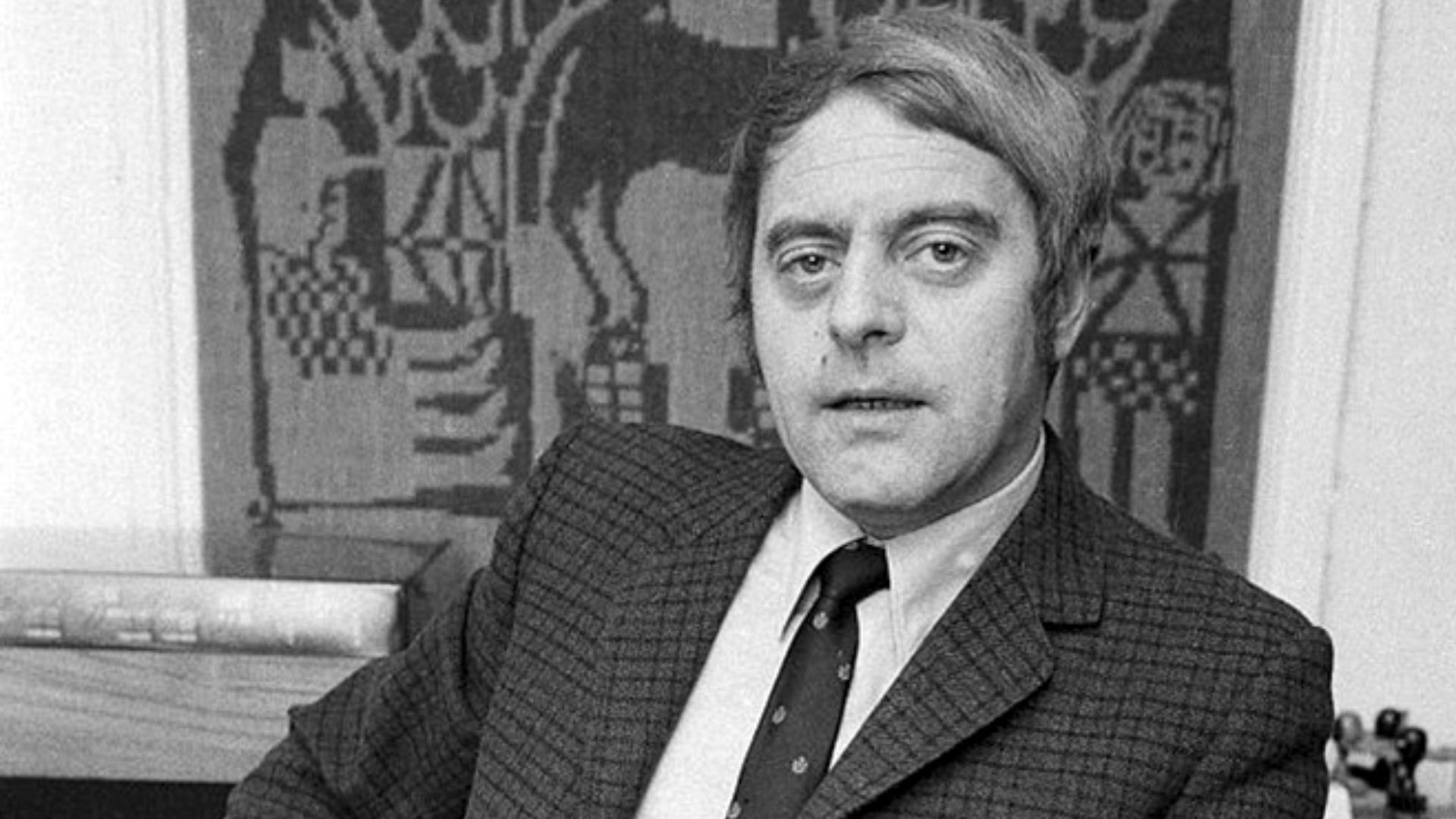 Unknown authorUnknown author, Wikimedia Commons
Unknown authorUnknown author, Wikimedia Commons
9. They Needed Eurovision
Despite their previous losses, Stig believed that the Eurovision song contest was the way to get the talented pair seen by people beyond the borders of Scandinavia. As such, he continued to encourage the duo to submit their songs to Melodifestivalen. Even so, they didn't hit right away. It took them two more rejections before Eurovision accepted their entry in 1972. Things didn't go quite like they imagined, though.
 Eurovision Song Contest 1972, Wikimedia Commons
Eurovision Song Contest 1972, Wikimedia Commons
10. They Were Just Writers
Although Ulvaeus and Andersson saw success with their song “Say It with a Song” (English translation), they still didn't get any of the spotlight. Neither they nor their spouses performed it. Lena Anderson, who was a newcomer to the music scene at the time, was given the song. It did not win. However, its third place rank turned out to be just enough to change everything.
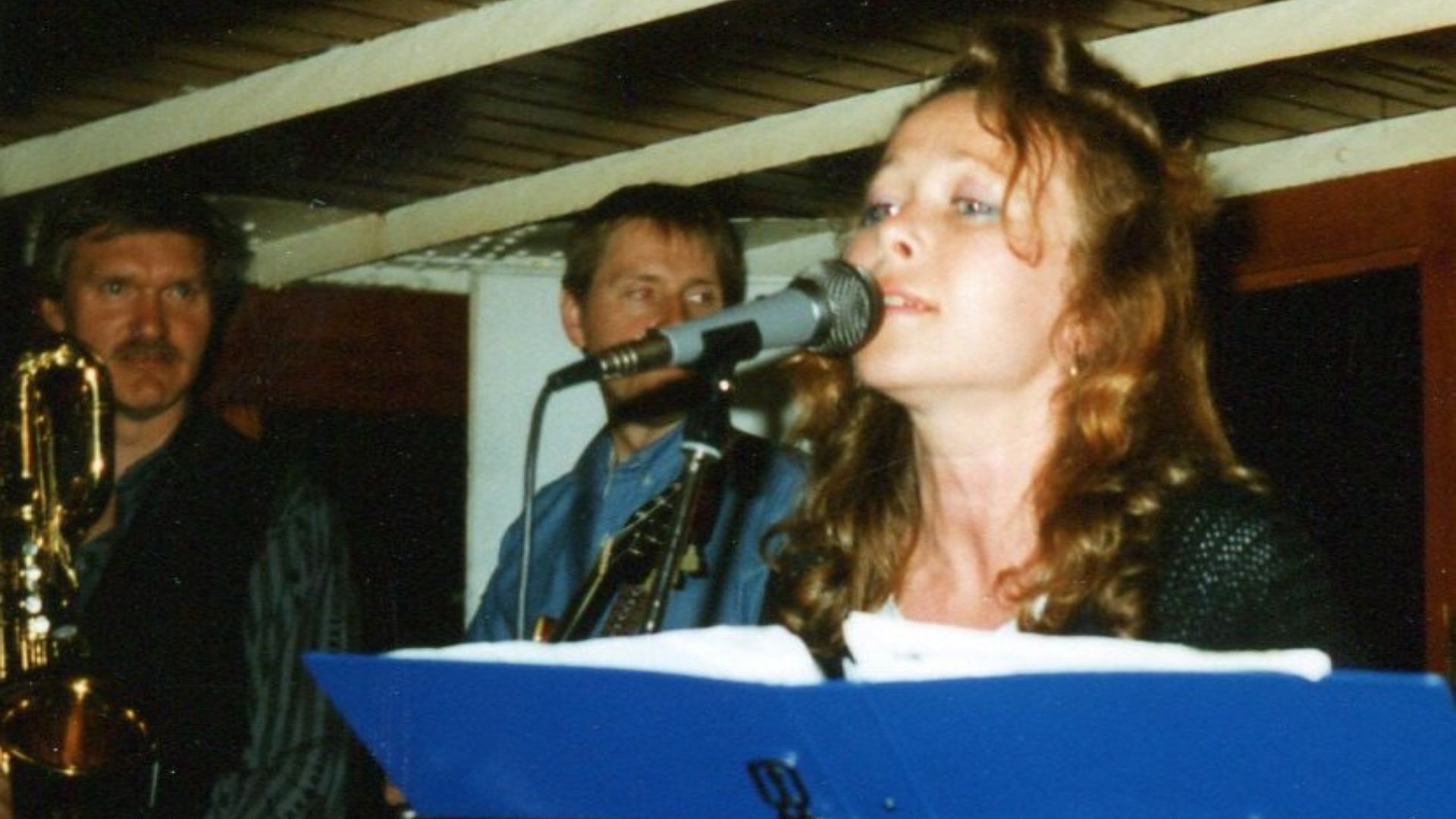 Holger.Ellgaard, Wikimedia Commons
Holger.Ellgaard, Wikimedia Commons
11. They Won Japan
The first international success that anyone in the group saw came in 1972. Andersson and Ulvaesus’ single, "She's My Kind of Girl" became a Top 10 hit in Japan. As a response, they released two more songs, one collaborating with a Japanese performer. The promise of potential was starting to bloom, though it may have only been Stig who truly believed in it at this point.
 ABBA : She's My Kind of Girl (Björn & Benny 1970) - 60fps Montage - Subtitles by abba2shay
ABBA : She's My Kind of Girl (Björn & Benny 1970) - 60fps Montage - Subtitles by abba2shay
12. They Needed More
Finally, in 1972, the band got back together again. But before ABBA was ABBA, they were Björn & Benny, Agnetha & Anni-Frid. Under that name, they released their first Swedish hit, “People Need Love” in June 1972. It reached number 17 on Sweden's music charts. That gave them confidence in their potential as a group, but the rumble they cause across the waters really made them sit up and pay attention.
 ABBA - PEOPLE NEED LOVE (1972) by inomadi100
ABBA - PEOPLE NEED LOVE (1972) by inomadi100
13. They Caused A Stir
In America, Playboy Records released “People Need Love” under the name Björn & Benny (with Svenska Flicka). It ranked 114 and 117 respectively on both the Cashbox and the Record World singles chart. While not nearly as high as it ranked in Sweden, it was more than enough to show that this quartet had promise. But, of course, it didn't satisfy Stig.
14. They Needed More Influence
Charting in the US got Stig's wheels turning. When all was said and done, he figured his band wasn't the problem—the label was. He believed that “People Need Love” could have made an even bigger impression if it had found a home with a larger label, crediting its lower numbers to the fact that the distributor just didn’t have the power or influence to do justice. He came up with another plan. Which, unfortunately, looked a little too much like his previous plan...
 ABBA - People Need Love. German TV1973 music video (HD) by ingoleg oleg
ABBA - People Need Love. German TV1973 music video (HD) by ingoleg oleg
15. They Tried Again
The very next year, the group made another attempt at Melodifestivalen and by extension, Eurovision. This time their entry was titled “Ring Ring”. Stig felt that this was going to be their big hit. Unfortunately, it placed third in Melodifestivalen and never made it to Eurovision. However, “Ring Ring” was included in their debut album to decent success—unless you’re Stig Anderson.
 ABBA - Ring, Ring (Video) by ABBA
ABBA - Ring, Ring (Video) by ABBA
16. Their Fame Was Growing
The release of “Ring Ring” as a single alongside their debut album gave the fledgling group their first real taste of big success. It was considered a certified hit in several European countries. It was also popular in South Africa. However, Stig had bigger dreams—if they were going to get a breakthrough, they needed the UK or the US. To make that leap, Stig knew something needed to change, and it might not be quite what you'd expect.
 ABBA - Ring Ring - Rare Performance, 1973, Denmark (not Melodifestivalen) by ABBAtalk
ABBA - Ring Ring - Rare Performance, 1973, Denmark (not Melodifestivalen) by ABBAtalk
17. They Needed A Rebrand
People seemed to be warming up to the music, the songs, and even the singers, but the group had one major problem. Björn & Benny, Agnetha & Anni-Frid was a bulky name. Even if people enjoyed the album how were they ever supposed to remember them with a name that was such a mouthful? In 1973, Stig finally tired of dealing with it, and began referring to them in a much simpler manner: ABBA.
18. They Played With Words
If you are paying attention, you might've already figured out the source of the name. "ABBA" is an acronym for the band members, Anni-Frid, Benny, Björn, and Agnetha. It’s never been officially confirmed which order the names go in. Early on, however, the name they'd become known to the world as also had a much more fishy namesake...
19. They Had A Problem
You see, in Sweden, Abba was also the name of a well-known packager of canned fish. This might have been a setback long term. However, Stig had his eyes on the rest of the world; none of which likely knew anything about the Swedish company. He felt that ABBA was a viable name globally. But before they went international, they still had to deal with the canners.
20. They Made A Huge Promise
To ensure they were on the right track, they held a competition in the newspaper to settle on a new name for the group. At the end of it all, the summer of 1973 saw the official announcement of ABBA as the official moniker for the group. The Swedish company gave them permission on one condition—“as long as you don’t make us feel ashamed of what you’re doing”. As the decade churned on, it became clear they would do exactly the opposite.
 Original: Unknown Vector: Clavax, Wikimedia Commons
Original: Unknown Vector: Clavax, Wikimedia Commons
21. They Went Back
Now decked out with a new name that they were sure the world would remember, Stig and the group weren’t going to let anything stop them. As discussed, “Ring Ring” failed to capture Sweden’s heart in 1973, so Stig, Ulvaeus, and Andersson immediately began planning for the 1974. They went after the elusive Eurovision again, and this time? They decimated the competition.
 Evening Standard, Getty Images
Evening Standard, Getty Images
22. They Hit Big
After attempting to break out of Sweden twice already, ABBA came to the 1974 Melodifestivalen with fresh fire. Their tenacity paid off, and the festival selected “Waterloo” and ABBA for the 1974 Eurovision Song Contest. Two months later, on April 6, 1974, ABBA charmed Europe for the first time, winning Eurovision with their now iconic song. Their moment had finally arrived; and, in the the end, they came away with way more than they ever imagined.
 ABBA - Waterloo (Official Music Video) by ABBA
ABBA - Waterloo (Official Music Video) by ABBA
23. They Blew Up
Just as Stig, Andersson, and Ulvaeus had thought, Eurovision was the band’s ticket to the rest of the world. Following their win in 1974, they released “Waterloo” as a single. It topped the charts in nine European countries across the west and north of the continent, including West Germany and the coveted UK. It also topped the charts in South Africa and cracked the top 10 in several other countries including Spain, Australia, France, Canada, and the US. But creating one hit was one thing; now that they’d grabbed fame, they had to find a way to keep it.
 ABBA - Waterloo (Official Music Video) by ABBA
ABBA - Waterloo (Official Music Video) by ABBA
24. They Struggled
With Waterloo, ABBA got the fame they dreamed about. But like many artists, they struggled to stay on top. They followed up “Waterloo” with another now-popular single, “Honey, Honey” in most countries. While it didn’t do as well as “Waterloo” it still made a splash in several countries. In the UK, however, their label decided to release a remix of “Ring Ring” instead, which wowed no one. Whispers that ABBA was just another one-hit wonder began to spread.
 Honey, Honey - ABBA SHOW by Studio GRANTOR
Honey, Honey - ABBA SHOW by Studio GRANTOR
25. Their Tour Struggled
Attempting to capitalize on their Eurovision success, the band launched their first tour in November 1974. Unfortunately, where they hoped for fanfare, they found disappointment instead. Few of their locations sold out, which forced them to cancel several shows due to a lack of sales. Denmark, West Germany, and Austria had no interest in ABBA. For all intents and purposes, it felt like the end of their dream come true. Even worse, the tour came with some major personal sacrifices.
26. They Had To Choose
Not only did the tour disappoint on numbers, but it also placed additional strain on the band members. Fältskog and Ulvaeus had just celebrated the birth of their first child the year before, and while Lyngstad and Andersson did not have children together, they each had children from previous marriages. It seemingly weighed heavily on them all, particularly Lyngstad.
27. They Struggled To Parent
Throughout their career, Fältskog was the most reluctant to tour, especially due to her role as a mother. However, Lygnstad may have suffered most from the separation from her children. She left them with her father, and later remarked, “How could I, who cannot even take care of myself during my depression, make any claim to be able to take care of them”? Somehow, though, they all managed to carry on with their tour, and it turned out to be a very good thing they did...
28. Their Homebase Loved Them
Their 1974 European tour had two legs. Despite the lackluster response to the first half of their shows, ABBA forged on into Scandinavia. They were met with all of the enthusiasm that their early shows lacked. Every venue was sold out; they estimated that their Stockholm show had over 19,000 people in attendance. So, why the early struggles?
29. They Lost Their Way
When he looks back on the time following their success at Eurovision, Ulvaeus has a theory that they lost fans because they lost themselves. “If you look at the singles we released straight after Waterloo, we were trying to be more like The Sweet, a semi-glam rock group, which was stupid because we were always a pop group”. With their identity cemented, they forged forward as a wildly successful band. But one place in particular just refused to get on the bandwagon.
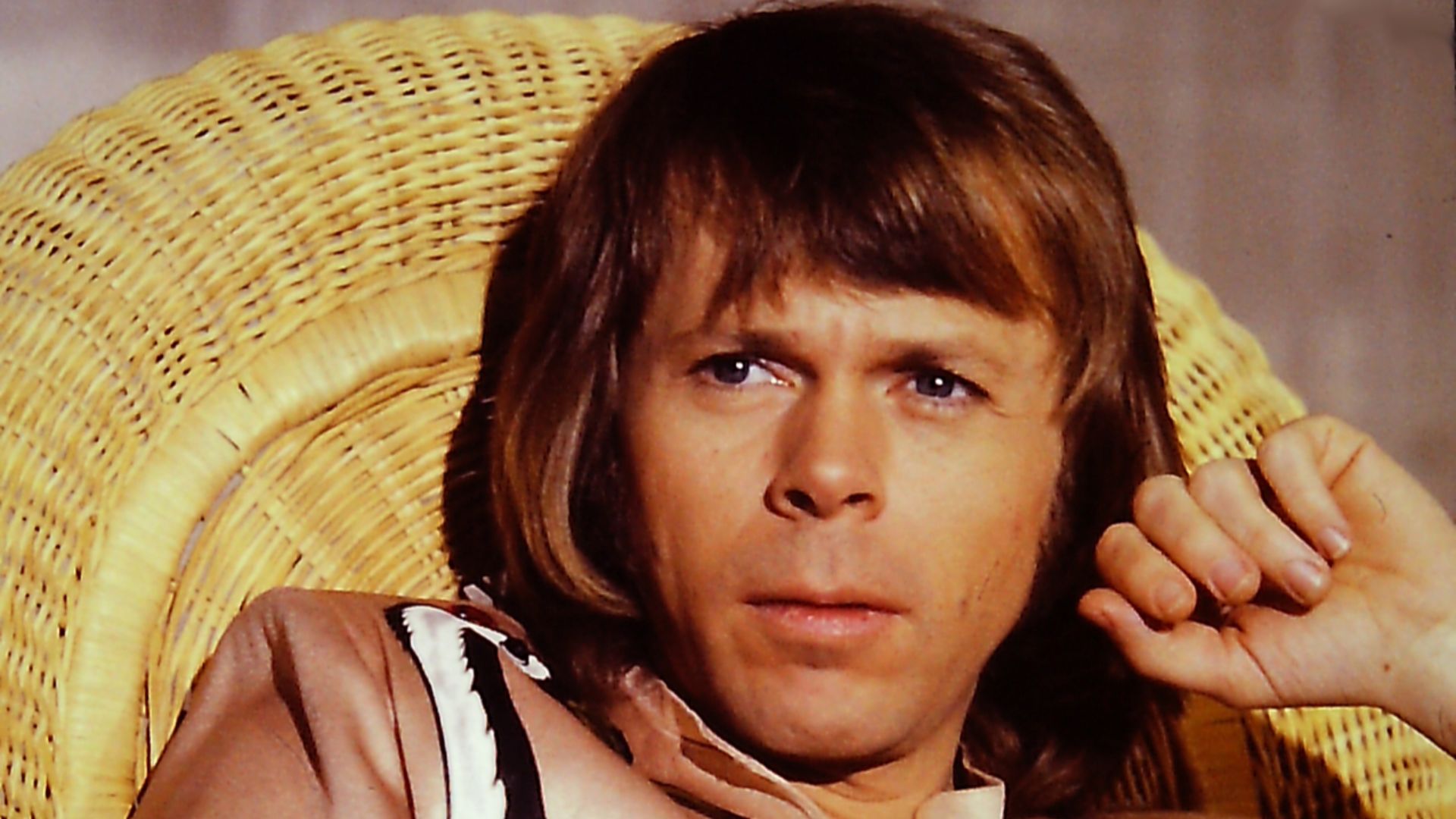 Pascal CARQUEVILLE, Wikimedia Commons
Pascal CARQUEVILLE, Wikimedia Commons
30. They Wanted the UK
Although they released a handful of singles throughout 1974 and 1975, ABBA struggled to make a significant splash within the United Kingdom. Closer to home in places like Austria, Sweden, and Germany, they were ranking in the charts, but the UK remained out of reach until the release of their third album, ABBA, and the single “SOS”. This marked the start of a truly meteoric rise.
 ABBA - SOS (Official Music Video) by ABBA
ABBA - SOS (Official Music Video) by ABBA
31. They Had Australia
While ABBA remained popular across the “Western World” throughout the late 70s, fans couldn't get enough of them "down under". there were few places where they were as popular as they were in Australia. They owed this, in part, to their music videos which aired on the program Countdown. This wasn’t by accident; this was all part of their strategy.
 ABBA Interview on Countdown (Australia; 28 February 1977) by Steve Layton
ABBA Interview on Countdown (Australia; 28 February 1977) by Steve Layton
32. They Went Hollywood
It had always been the plan of ABBA and their manager, Stig, to become global stars. This came with limitations—they couldn’t travel easily to far away places. So, they recorded videos and small performances to share across the globe in place of touring. It worked, especially in Australia where they topped the charts for several years. And yet, even with all their fame, each of the members still struggled with their own personal demons.
33. They Started To Crack
With each of the members now thrust into the spotlight, the cracks beneath their shiny demeanors started to show. In many ways, it seems Fältskog suffered from the scrutiny from fans more than the rest. With her blonde hair and traditional “good looks”, she quickly became the “pin-up girl” of the band—a role she never asked for and never felt comfortable with, especially in moments when fans took things a little too far.
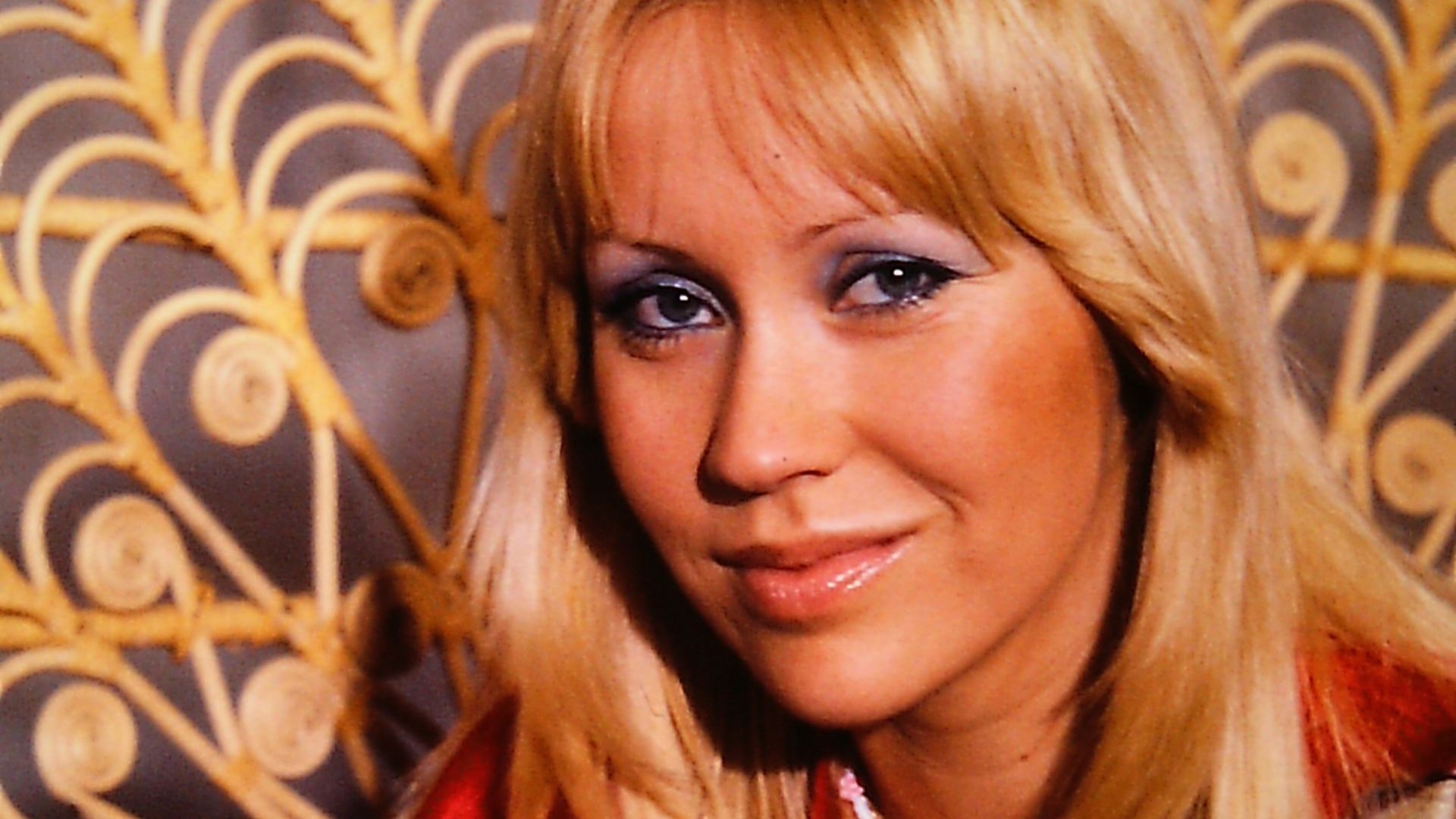 Pascal CARQUEVILLE, Wikimedia Commons
Pascal CARQUEVILLE, Wikimedia Commons
34. They Got Too Much Attention
During an Australian tour in 1977, her body became the hottest topic of conversation. At one of the performances, Fältskog wore a tight white jumpsuit. As a result, an Australian newspaper wrote the headline “Angetha’s bottom tops dull show” to which Fältskog replied, “Don't they have bottoms in Australia”? There's no telling how that kind of attention truly affected her, but it was far from being the only drawback of celebrity.
35. They Loved Them Too Much
It was not just Fältskog’s looks that caught fire when they were in Australia. Their fame knew no bounds during this period, and while they had many fans, fame doesn’t always attract only positive attention. At one time, 200 officers were required to control the crazed crowds in Australia, and, as they soon discovered, it nearly wasn't enough.
36. They Became Explosive
The 1977 Australian tour was full of highs and lows for ABBA. One of their first shows was marked by torrential rain, making the massive crowds even more difficult to control. Things really reached a head near the end of the tour when they had to clear out an entire show for a terrifying reason.
37. They Fed Off The Energy
The band was set to play the first of a series of shows in Perth when they received a warning they couldn't ignore. Authorities sent news that there was danger of an explosive in the building. They hastily evacuated. Luckily, in the end, it turned out to be a false alarm, and they played another successful show. But even though they managed to dodge danger more than once, the danger inside the band might've been the bigger threat.
 ullstein bild Dtl., Getty Images
ullstein bild Dtl., Getty Images
38. They Went All The Way
Touring can be contentious at the best of times. Doing it with your spouse or partner can only make matters more challenging. In ABBA's case, things went both ways. In 1978, Lyngstad and Andersson finally tied the knot after nearly a decade of dating—a seemingly very happy ending. However, the other couple that made up the group found themselves approaching a very different type of ending.
39. They Fell Apart
A year after their bandmates' marriage, Fältskog and Ulvaeus divorced. At the time, the breakup seemed mutual and friendly. But, once Ulvaeus began dating another woman just about a week after they split, things seemed a lot more tense. Now that the love was gone, fear began to rise about the fate of ABBA—and very rightly so.
40. They Struggled With Loss
Despite continuing to work together, the end of their marriage weighed heavy on them, particularly Fältskog. She would go on to say that she required therapy following the divorce. That's not too surprising, as they continued to work together for many years post the end of their marriage. Even with those glaring cracks in the group's persona, however, their divorce may have further contributed to ABBA’s success...
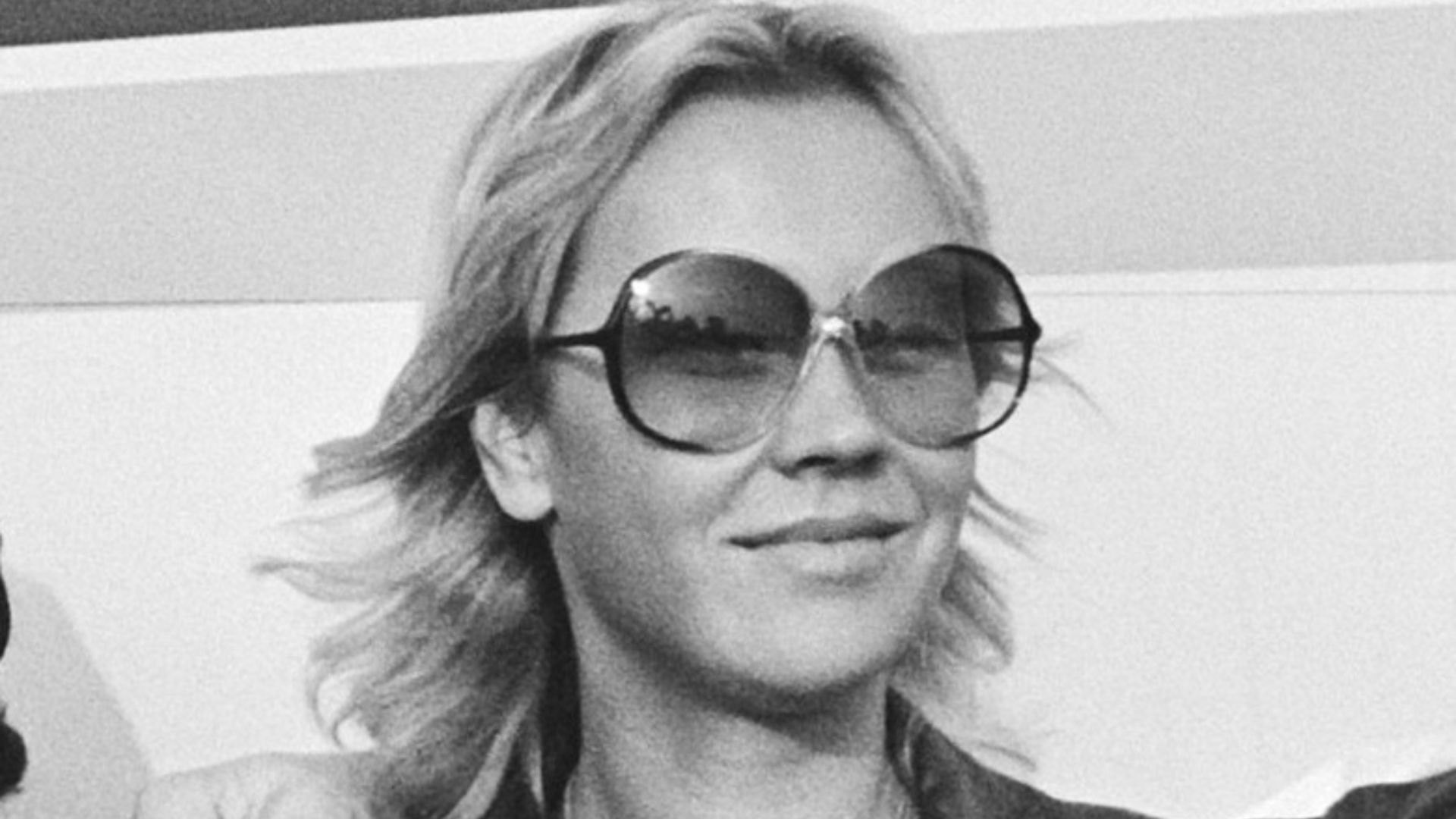 Pereira, Fernando / Anefo, Wikimedia Commons
Pereira, Fernando / Anefo, Wikimedia Commons
41. They Took It All
Not long after their divorce, Ulvaeus turned his heartbreak into a major win. He wrote a song that would become a huge hit for ABBA: “The Winner Takes It All”. There are mixed stories about how much of this was about their divorce, with some sources saying it is and others saying it isn’t. Either way, Fältskog found herself forced to sing about lost love shortly following her own experience of it. But her response to the song itself wasn't what you might expect.
 ABBA - The Winner Takes It All (1980) by skv90s
ABBA - The Winner Takes It All (1980) by skv90s
42. They Sung What They Felt
The true misconception about “The Winner Takes It All” is the belief that Fältskog felt like the “loser” in such a situation. In reality, she admitted that she enjoyed singing and sharing that song with the public. Looking back on that time, she said, “I didn't mind sharing it with the public. It didn't feel wrong. There is so much in that song. It was a mixture of what I felt and what Björn felt, but also what Benny and Frida went through”. So the end of the marriage didn't officially break up the group, but a more lethal opponent loomed on the horizon.
 ABBA - The Winner Takes It All (1980) by skv90s
ABBA - The Winner Takes It All (1980) by skv90s
43. They Almost Crashed
Shortly after the divorce, another scary event nearly knocked the wind out of Fältskog. During an American tour in 1979, the band boarded a short domestic flight. The trip from New York to Boston should have been simple—except for the tornado that forced them to make an emergency landing. They canceled their performance, and Fältskog avoided planes from that point on, putting additional strain on the band and its ability to tour. But even as tensions grew, the band fought to keep the dream alive for as long as they possibly could.
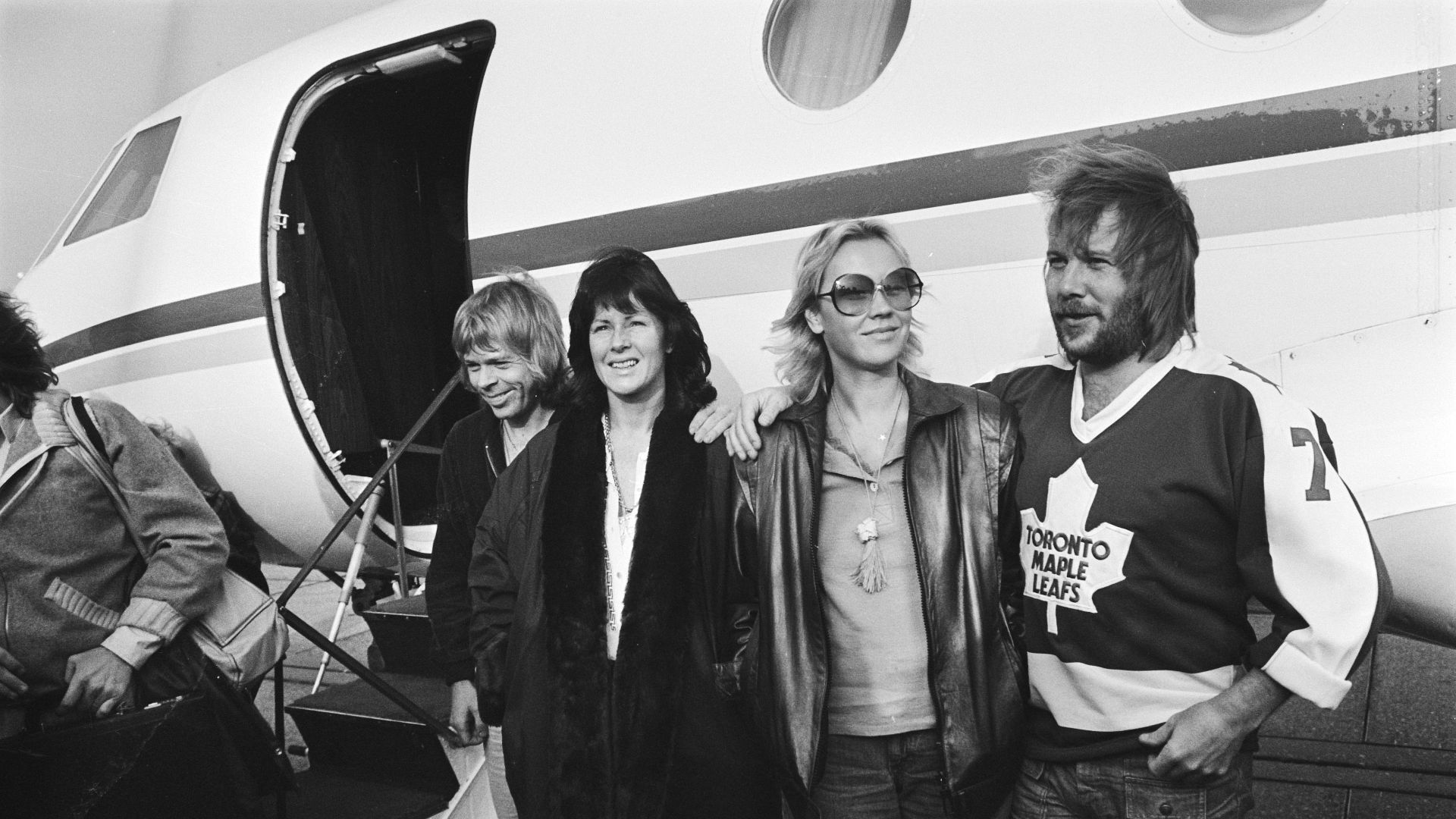 Fernando Pereira / Anefo, Wikimedia Commons
Fernando Pereira / Anefo, Wikimedia Commons
44. Their Fame Faded
The fears about Fältskog and Ulvaeus’s divorce proved unfounded, as ABBA carried on for several years after it, releasing two more albums. While critics applaud the more nuanced and emotional tone ABBA’s later albums carried, their popularity began to wane as they crept into the 80s. With tension within the group mounting, ABBA couldn’t hold on forever—and neither could the last couple standing.
45. Their Love Faded Too
Andersson and Lyngstad’s marriage was in trouble. Although they did not announce their divorce until 1981, they reportedly separated the year prior. Andersson had already met another woman, whom he married less than a year after filing for divorce. The group would continue to write, but this was another blow they’d struggle to come back from. It was the beginning of the end of ABBA.
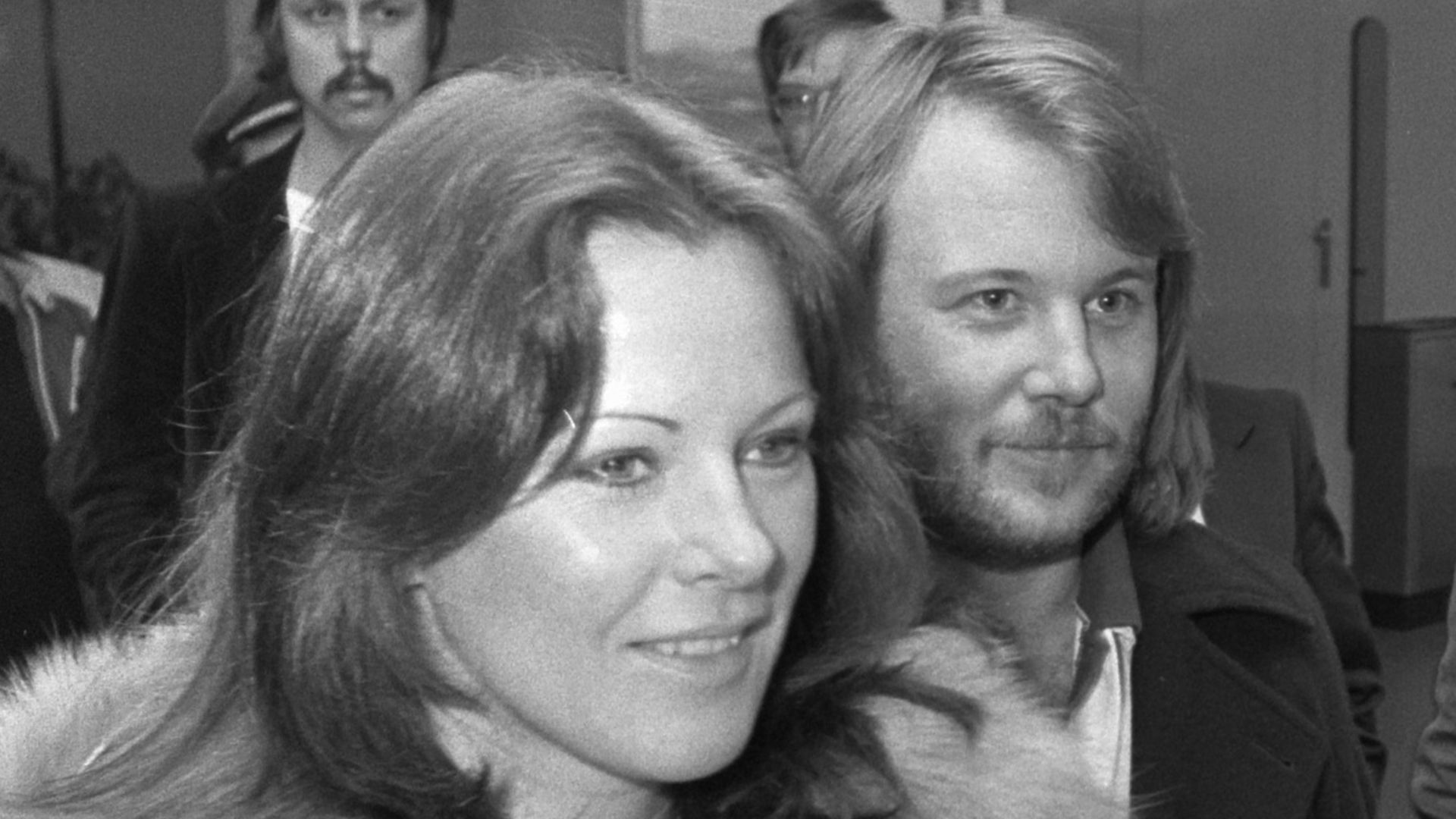 Bert Verhoeff for Anefo, Wikimedia Commons
Bert Verhoeff for Anefo, Wikimedia Commons
46. They Were At The End
In December 1982, ABBA performed on The Late Late Breakfast Show in the UK via a transmission. This was their last performance. They never made an official announcement declaring their intention to break up. However, they all went their separate ways following this point. ABBA was over—or was it?
 ABBA In London 1982 by manuel velasquez leiton
ABBA In London 1982 by manuel velasquez leiton
47. They Had A Surprise
Although the members of ABBA occasionally met up in social settings, performing the odd time in fractured groupings, they didn't perform as a foursome for decades. The release of the popular musical Mamma Mia, based on their songs, kept them relevant, but the group was done. Fans had given up hope. Then in 2016, the impossible happened: ABBA announced a new project.
 ABBA - Mamma Mia (Official Music Video) by ABBA
ABBA - Mamma Mia (Official Music Video) by ABBA
48. They Brought It Back
ABBA had always insisted that a reunion would be impossible, primarily because they feared becoming a “cover band” for their music. Their 2016 announcement changed this. They were to work on a new “digital” experience that would project their “life-like” avatar forms. They called these their ABBAtars. This was originally set to be released in 2019, however, it experienced delays. Yet, ABBA still had something more up their sleeves.
49. They’re Back Baby
After creating a large media hype through mysterious advertising, ABBA announced in 2021 that they would be releasing another album, their first in 40 years. They also released three singles at that time. In May 2022, they released ABBA Voyage alongside a concert residency in London using the ABBAtars. The band has stated that this will be the last work they release; however, Fältskog has also stated that it’s up to the boys. So, perhaps, there’s still hope.
 ABBA Voyage, only at the ABBA Arena, London, UK | ABBA Voyage by ABBA Voyage
ABBA Voyage, only at the ABBA Arena, London, UK | ABBA Voyage by ABBA Voyage
50. They Are Forever
The chances that ABBA will come together again are unlikely, despite the odd member suggesting that they’re open to it. However, that doesn’t mean that they’ve left their fans with nothing. ABBA has become an ingrained part of Western society. Through musical adaptations, and covers of their songs, ABBA continues to exist drawing younger generations of fans into their world.
 HENRIK MONTGOMERY/TT, Getty Images
HENRIK MONTGOMERY/TT, Getty Images
You May Also Like:

